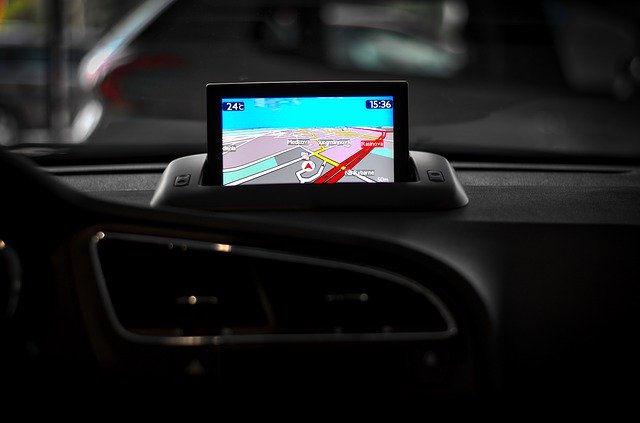
A portable automotive navigation system or GPS unit is a satellite navigation device designed for use in automobiles. It typically uses a GPS navigation device to acquire position data to locate the user on a road in the unit’s map database.
This type of GPS navigation device is not permanently integrated into the vehicle, having only a simple bracket to mount the device on the surface of the dashboard and powered via the car cigarette lighter. It can also be used as a handheld device.
The benefits of this type of GPS unit include low cost as well as the ability to move them easily to other vehicles. However, most portable GPS units have limited features because of the absence of a compass, accelerometer or inputs from the vehicle’s speed sensors, unlike their built-in counterparts.
Just like any other electronic device, a portable GPS unit is fragile and requires proper packing when being shipped. Here are some tips on how to properly pack and ship a portable auto GPS unit to ensure that it reaches its destination intact and in excellent condition.
The best way to ship a portable auto GPS unit is by double-boxing it in its original packaging. Place the GPS unit, bracket and other attachments in the designated sections in the original packaging. Make sure that all the components fit snugly in the original box, with sufficient padding and incapable of shifting or moving.
Close the package and secure it with tape before placing it in a slightly larger box with a couple of inches of packing peanuts at the bottom. Fill the sides with more packing peanuts up to the top of the box. The peanuts should prevent the inner box from moving when the outer box is closed. Seal the outer package with packaging tape.
When the portable auto GPS unit’s original box is not available, wrap the device and its accessories separately in a couple of layers of bubble wrap. Use tape to secure the wrap in place.
Then, place the wrapped items in a small box that can snugly accommodate them. Use packing peanuts to keep the items away from the bottom, sides, and top of the box and prevent them from banging into each other during transit. Close and seal the inner box and place it in a slightly larger box. Follow the instruction above for double-boxing.
Address and label the package with “Fragile” and “Handle with Care.” Take it to your local post office or shipping company.
